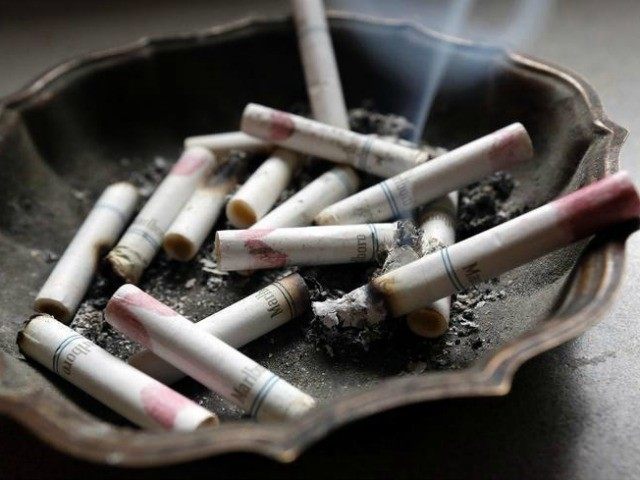Breathing clean outdoor air is more dangerous than smoking. That is how the U.S. Environmental Protection Agency resolves a contradiction that ought to unravel the “science” underlying the agency’s flagship regulatory programs.
Since 1997, the EPA has regulated fine particulate matter in outdoor air (soot and dust in the air that is about 1/20th the diameter of human hair, called PM2.5) on the basis that it can kill people either on a short-term basis (i.e., hours or days after inhalation) or a long-term basis (i.e, after years and decades of exposure).
Not only did the EPA essentially invent the notion that PM2.5 kills, it has spent almost $600 million commissioning “scientific” research to prop up the claim. This has paid off for the regulation-happy EPA, as its PM2.5 claims have been instrumental in implementing President Obama’s so-called “war on coal.”
The agency’s PM2.5-dependent Mercury Air Transport Standard shut down about 20 percent of U.S. coal plants. The justification for Barack Obama’s global warming rules known as the Clean Power Plan depends more on reducing PM2.5 emissions than carbon dioxide emissions from power plants. Even the EPA’s outdoor air standards for ozone – reputed to be the most costly EPA regulation of all time – depend mostly on EPA’s claims about PM2.5.
But the EPA has a very big problem with PM2.5.
The agency claims that the relatively low levels of PM2.5 in outdoor air are deadly and are responsible for as many as 20 percent of all U.S. deaths annually. But this claim is quite obviously contradicted on a daily basis by smokers and tokers.
The EPA claims that PM2.5 in outdoor air can cause death within hours after inhalation. But from a single cigarette, a smoker may inhale 4,000 times more PM2.5 than a nonsmoker breathing outdoor air for an hour. For a marijuana joint, the PM2.5 exposure is 18,000 times greater. For a hookah bar patron, the exposure may be 100,000 times more. Unfortunately for the EPA’s claims, though, there are no records of dead bodies found in the immediate aftermath of smoking, toking, or hookah bar partying.
It occurred to the EPA in the late-2000s, that the PM2.5-from-smoking conundrum needed to be addressed. So it assigned the task to one of its favorite “researchers,” C. Arden Pope of Brigham Young University. Pope has two claims to fame under his belt. First, his PM2.5 “study” is one of the two studies that the EPA most heavily relies upon for its claim that PM2.5 kills. Second, Pope has helped the EPA hide from public and Congressional scrutiny for the past 20 years the data underlying his key PM2.5 “research.”
Using his still secret data, Pope published a study in 2009 purporting to explain away the PM2.5-from-smoking conundrum. Pope’s explanation was that PM2.5 is very deadly at low outdoor levels but that deadliness disappears at the much higher PM2.5 levels that occur during smoking.
Moving past Pope’s secret data and the myriad fundamental statistical errors in all his PM2.5 research, his explanation fails simply because it defies all know science. A basic principle of toxicology is that if something is a poison at a low dose, then it is a greater poison at a higher dose.
So if the comparatively little PM2.5 in outdoor air kills some within hours of inhalation, then the vast quantities of PM2.5 from smoking and toking should kill many, many more in the same time period. If the PM2.5 from medical marijuana doesn’t kill sick people, who would believe that blue-sky outdoor air kills anyone?
The EPA invented PM2.5 as essentially the most deadly substance known to man — except if you inhale a lot of it. Then there’s no problem. It’s absurd.
But as PM2.5 has been developed into the EPA’s single most important and powerful regulatory weapon, it is also the agency’s Achilles heel. The agency is not merely wrong about PM2.5. It is lying about it – and obviously so.
The EPA’s PM2.5 fraud is a great opportunity for the next President and Congress to cite as a reason for overhauling the agency and how we do environmental protection.
Steve Milloy publishes JunkScience.com and is a senior legal fellow at the Energy & Environment Legal Institute.

COMMENTS
Please let us know if you're having issues with commenting.